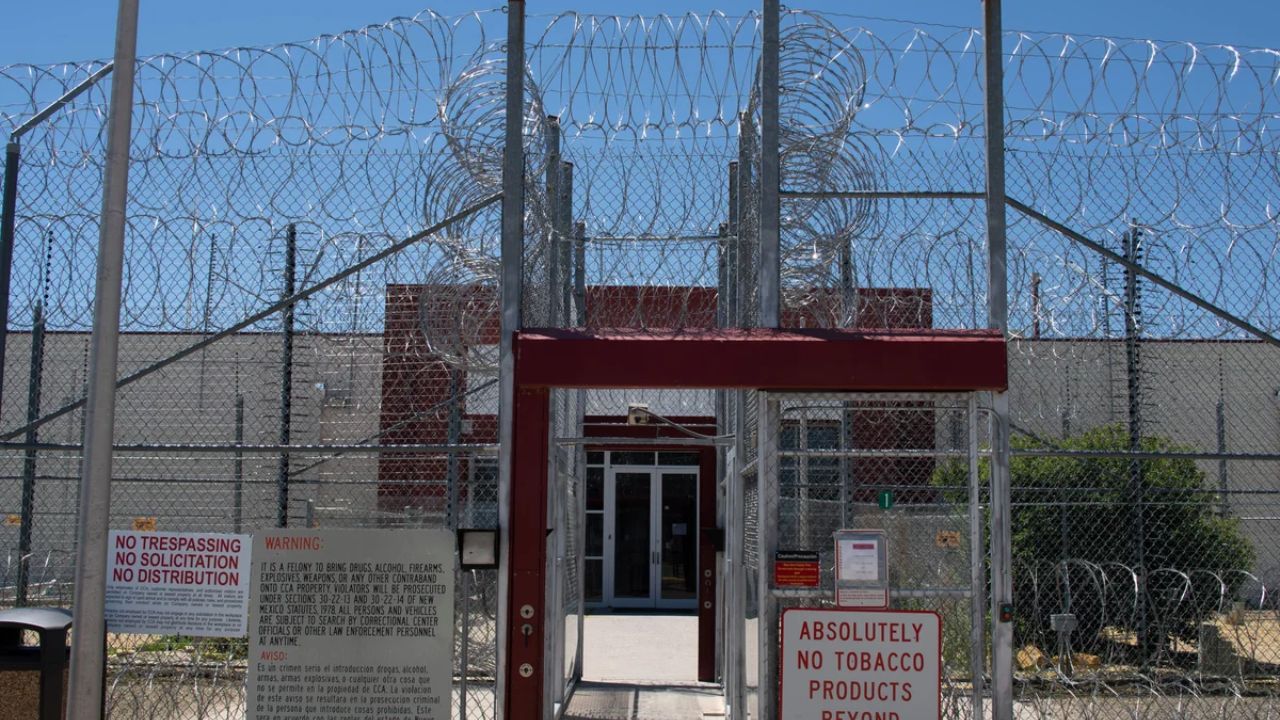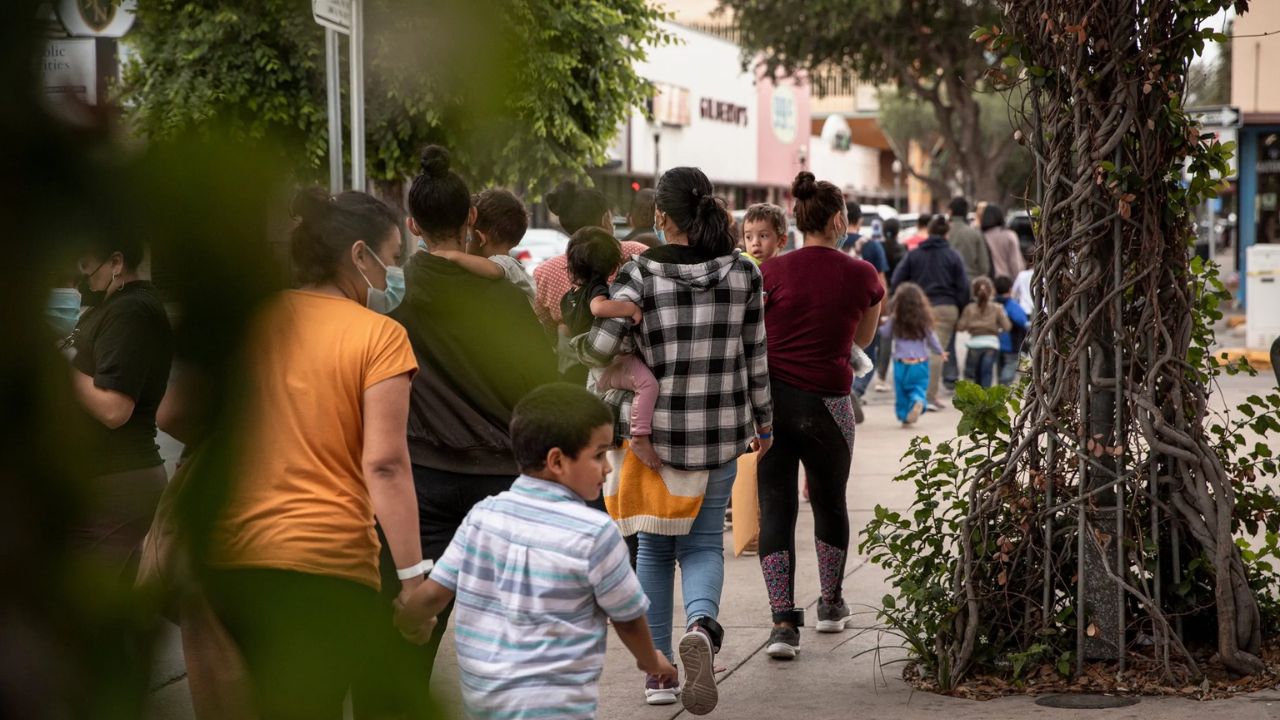SHAMS MAJDAL, Golan Heights Only a few dozen yards from the eastern boundary of his town on the Israeli-occupied Golan Heights, Jalaa Ayoub had a lifelong view of Syria. However, he was unable to go there.
He then made the unreserved decision to cross the border into southern Syria in July to assist in defending family who reside there as deadly violence broke out between various religious factions.
“We have total allegiance to Syria,” declares 37-year-old Ayoub…. “To me it is my motherland, and therefore I wanted to go there.”
Ayoub is a member of Majdal Shams’s predominantly Druze population. The Druze, who separated from Shia Islam centuries ago, number about a million people and are dispersed over Israel, Lebanon, Jordan, Syria, and the Golan Heights. Ayoub resides there, on territory that was formerly part of Syria but was taken by Israel during a 1967 conflict.
The Druze in the Golan maintain a strong bond with their Syrian identity even after more than 50 years of Israeli rule. The majority have declined to become citizens of Israel, preferring to align themselves with the destiny of Syria, their neighbor.
However, sectarian conflict in the southern Syrian region of Sweida over the past few weeks has put their allegiance to Syria to the test. Conflicts between various Sunni Bedouin tribes, Syrian government forces, and Druze organizations have claimed the lives of over 1,000 people, many of them civilians.
The cohesiveness of Syria’s precarious temporary government has been put to the test by the horrific bloodshed. Since assuming power in December of last year, Syria’s new authorities have found it difficult to control long-standing rifts.
The Druze in the Golan Heights claim they feel demoralized and even betrayed by Syria’s interim administration, which is led by Ahmed al-Sharaa, a former al-Qaida member, in the face of reports of massacres and crimes committed by all forces.
“This regime came to dissect people, to divide people, and to create sectarianism among people,” says Ayyoub, who has a mustache and is dressed in the customary baggy trousers worn by Druze males. “The regime showed us what their beliefs are, and we are against those beliefs.”
As violence escalated, the borders opened
Druze civilians fleeing the carnage in Sweida, Syria, started moving toward Majdal Shams in the Golan Heights prior to a provisional government truce in late July.
One July morning, Majdal Shams resident Haniye Abuzaid was watching TV at home when her daughter called to share the shocking news that her niece and her niece’s kid had crossed into the Golan Heights from Syria.
Abuzaid said, “I was so happy to see her,” referring to her niece. “I had not seen her in 40 years.”
Her family had just crossed the border on foot. In a spot known as “Shouting Hill,” where family members standing on opposite sides are near enough to see and hear one another, Israeli border officials were permitting people to cross.
During the worst of the violence, Sayyid Ahmad, 62, a baker in Majdal Shams, said his four sons also traveled to Syria to visit relatives. He claimed that the trip strengthened his family’s ties to Syria. “We had to offer assistance. We brought food. We provided cash assistance,” he narrates.
His affection for Syria, however, does not extend to Ahmed al-Sharaa, the country’s temporary leader, whose terrorist organization Hayat Tahrir al-Sham toppled the Assad government in December.
Shouting, “Golani is a terrorist,” Ahmad calls Sharaa by his alias.
Since assuming power, Sharaa has had difficulty persuading different armed groups in Syria to surrender and join a new national army governed by the central government.
Minority ethnic and religious groups continue to mistrust Sharaa, and the Druze community, which makes up the majority in Sweida, has been one of the biggest opponents of demilitarization. Kurdish militias in the northeast of Syria are also negotiating a merger with the national military.
Kifah Shaar, a Majdal Shams inhabitant, claims that when Sharaa arrived in Sweida, he wanted to disarm the populace right away and force his laws on them. “And it developed into killings.”
Some Druze militants accused Syrian government troops of supporting the Bedouins when Sharaa ordered them to deploy to Sweida, supposedly to quell claims of continuous kidnappings between Bedouin tribes and Druze groups.
“That army of Sharaa’s is not a decent Syrian army that will take care of us,” claims 45-year-old Majdal Shams-born and bred Druze cook Ahlam Garairreh. According to her, the battle this July claimed the lives of six of her relatives.
She claims that her family in Sweden supported rebels and refugees from all walks of life throughout the civil war against the overthrown Assad dictatorship.
“They ate our food, and they slept on our mattresses,” Garairreh cries angrily, alluding to Sunni Bedouin tribesmen. “Now they are slaughtering us.”
“Make us feel safe”
Shaar, 34, prepares the falafel for the morning in Majdal Shams while thinking about the new horrors that Sweida has brought about. She has been hearing about fellow Druze being killed or buried in mass graves in southern Syria prior to a tentative ceasefire being negotiated in late July.
Around 1,500 Bedouin civilians who had been displaced or were in danger due to Druze fighters were also evacuated by the Syrian government.
A restaurant manager named Mu’thad, Shaar’s husband, is standing nearby, shaking his head while preparing a big, trembling batch of ground chickpeas.
“Sharaa must ensure the Druze feel secure. He must create stability and security. He must be compassionate in his approach,” he says. “Sharaa needs to make the Druze feel that they are important members of the society.”
This past March, when Syrian government forces were linked to the massacres of over 1,400 people, primarily members of the Alawite ethnic minority, along Syria’s Mediterranean coast, their fears that Sunni Muslim elements in Syria would target minority groups like the Druze were heightened. There is no proof that the executions were directed by Syrian military leadership, according to a report released this month by the country’s interim government.
Israel’s involvement in the conflict has exacerbated religious tensions in Syria. Israel claims that it has been attacking locations in Syria, notably Sweida, since last December in an effort to save the Druze.
“Maintaining the status quo in the southern Syria region and averting threats to Israel are our top priorities in Syria, and they are well-defined and well-defined. Gideon Saarsaidin, Israel’s foreign minister, stated in July that the second priority is to protect the Druze people.
Some members of the Druze community in Majdal Shams applauded Israel’s strikes, which also targeted Syria’s defense ministry in Damascus.
“I don’t care if they are from Majdal Shams or not; we have Druze people in the Israeli army. “I fight with them because they are Druze, and they fight for me,” says Jameel Braiq, a resident of Majdal Shams.
Others here caution that the Druze will become more targets in Syria and run the risk of escalating sectarian tensions if they are perceived as being favored by Israel.
“I think this is the poison that is being put in the discourse and trying to fuel all the hatred among Syrians,” stated Wael Tarbieh, a pro-Syrian analyst with Al Marsad, a human rights organization headquartered in Majdal Shams.
By promising accountability, Syria’s interim leader Sharaa has attempted to reduce sectarian tensions.
Shortly after approving a truce in Sweida, he gave a speech in which he stated, “We must recognize that any attempt to fragment the unity of the Syrian people or to exclude any of its components is a direct threat to Syria’s stability.” “The Syrian state is committed to protecting all minorities and sects in the country and will proceed with holding all violators accountable, regardless of who they are.”
However, the conflict in Sweida has only served to highlight factional identities and deepen sectarian divisions.
“I was once a secular person. But after what I’ve witnessed in Sweida, I’m no longer secular,” Ahmad, the baker, says.
With tears in his eyes, he declares that he has chosen to follow the Druze faith and has resumed his prayers after seeing the murder of his fellow Druze in Syria.
Reporting was done from the Golan Heights by Nuha Musleh.
Copyright 2025 NPR






